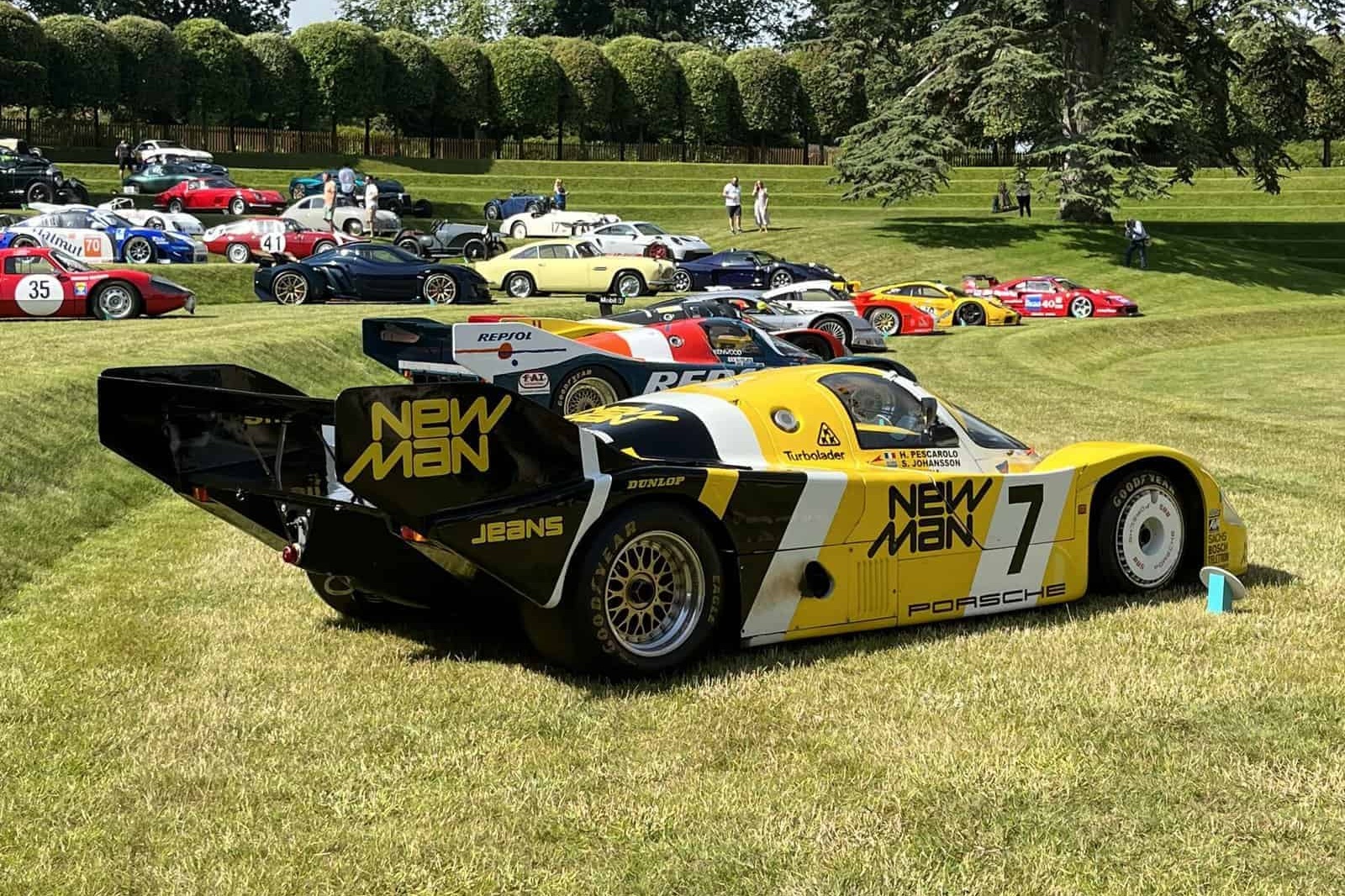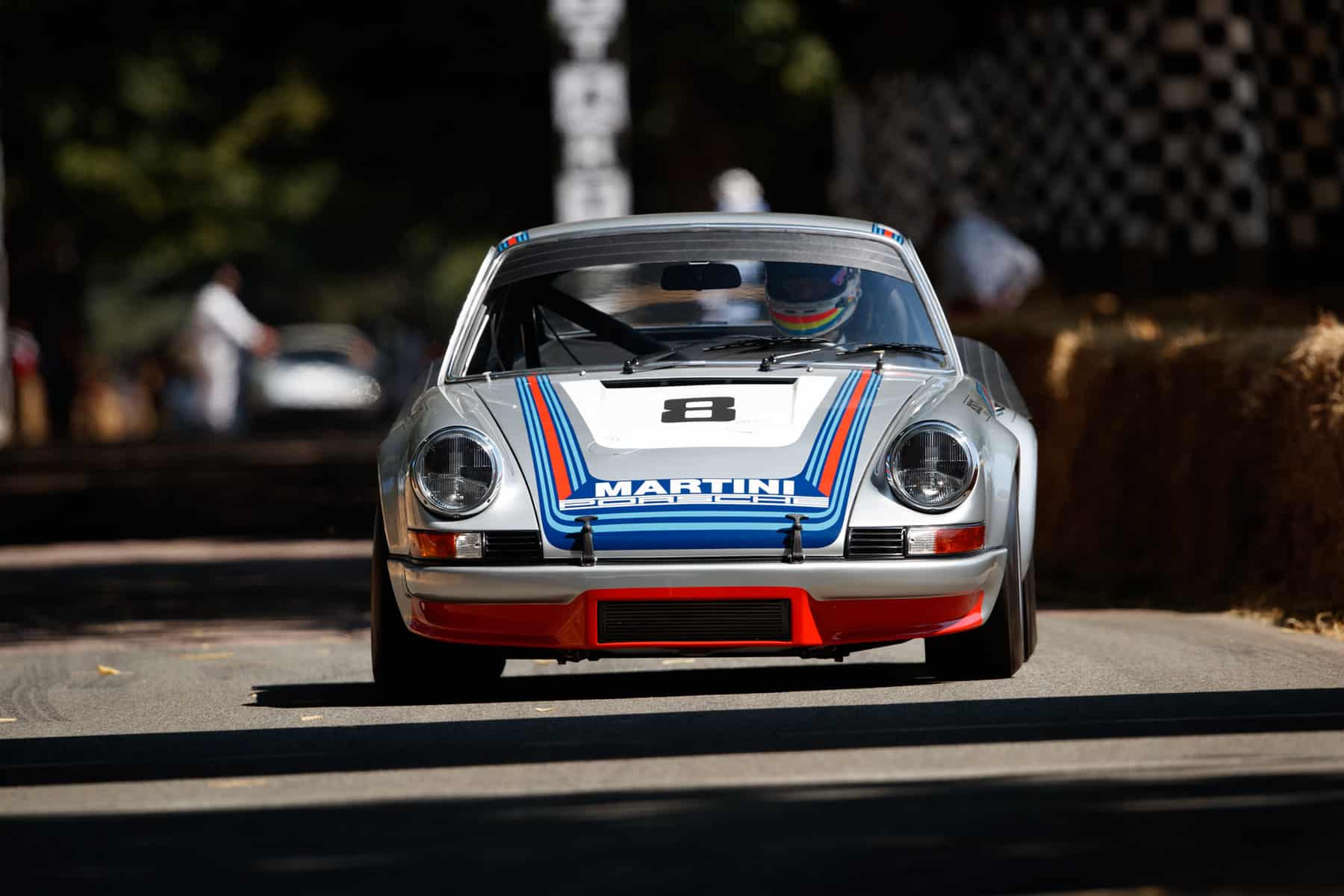When Porsche 907s Swept Daytona
The long and short (tail) of making motorsport history in 1968
WORDS & IMAGES BY: KARL LUDVIGSEN
Much more than an interim model that gave birth to the 908, Porsche’s ultra-low-drag Type 907 had a splendid career all its own. Of this a bright highlight was its domination of the podium places at the Daytona 24 Hours in 1968.
The Ferdinand Piëch era in Porsche racing began with the Carrera 6, or 906 of 1966, accelerated with the 910 of early 1967, and shifted into high gear with the Type 907 launched in the summer of 1967. Determined to raise Porsche’s racing game, Piëch encouraged his designers to reach for the best and often most exotic solutions available.
The 907 first appeared as a coupe that was the most bizarre and striking yet to leave the racing shop in Werk 1 at Zuffenhausen because it was built to make its debut at Le Mans and to excel on that fast track. With its low nose, deeply rounded windscreen, partly shrouded rear wheels, ovoid roof forms, and long, tapering rear deck, the first 907 was a recognizable descendant of the Type 550 coupes that won their class at Le Mans in 1953.
At first glance the new car seemed impracticably long. Surprisingly, however, the new Type 907L for Langheck, or long-tail, was shorter than its predecessor the 910. Its longer rear end was balanced by a stubbier nose that gave it an overall length of 183 inches. The 910 was two inches longer overall. Yet the 907L was shaped so shrewdly that its total aerodynamic drag was a phenomenal 25 percent less than that of the 910. This was the result of more than three weeks of uninterrupted experimental work in the small wind tunnel at the Stuttgart Technical Institute.
To minimize frontal area the 907’s greenhouse was much narrower than those of previous Porsche closed racers. In fact, said driver Vic Elford, “It was pretty well a center-steerer. The cockpit was so narrow relative to the chassis – which was comparatively wide – we were sitting barely to the right of the centerline.”
Right-hand steering was adopted on the 907. This was not the first racing Porsche with RHD. It had already appeared on the Gmünd coupe of the one-armed Austrian Otto Mathé, a modification the Austrian himself had made. Porsche made many right-hand-drive production cars, including some GT-bodied Carreras that were used in competition. But the 907 was the first racing model with the wheel placed on the right. That was the best place for it, giving the driver a better view because most road circuits were driven in a clockwise direction.
The two Type 907Ls entered at Le Mans in 1967 were powered by six-cylinder engines because those were the only power units in Porsche’s inventory that were proven to last for twenty-four hours. Of these one retired. The other placed fifth overall with such economy of fuel and exceptional speed for a 2.0-liter car that it won the Index of Performance, which carried prize money equal to that given the overall-winning Ford, plus a second-place finish in the Index of Thermal Efficiency.
The new body did its job perfectly. Officially clocked on the Mulsanne Straight at 183.3 mph, it was some 20 mph faster than the 910/6 with a similar engine. An exact comparison of cars with the same power, said technical chief Helmuth Bott, showed that the new shape offered an advantage of 17 mph at Le Mans. Its drag coefficient of 0.27 was the lowest yet measured by Porsche for a full-sized car.
Preparations for the 1968 season reflected the fact that Porsche was in a better position to contend for outright victories because the ground rules for the World Manufacturers Championship had changed. Admitted to battle were FIA Sports Cars – twenty-five or more made in twelve months – of up to 5.0-liter engine size and Prototypes of up to 3.0 liters. Although the 907s were in the Prototype group, their main competition came from John Wyer’s Gulf Ford GT40s in the Sports Car category.
Piëch and his chief of racing engineering Hans Mezger prepared 907s for 1968 with short tails, for slower circuits, and 1967-style long tails for the fastest tracks like Daytona and Le Mans. Both were identical from the firewall forward. In the 1968 version the roof curved farther forward, occupying an area that had been taken up by the huge windscreen of the 1967 model. This brow shielded the driver’s eyes from the sun and replaced heavy glass with lighter fiberglass.
Aft of its firewall the 907 for 1968 came with a choice of tails. The Langheck version was unchanged from its 1967 Le Mans profile. The shorter or normal rear body for the 907 was entirely new and based on the shape that had proved successful on the 910. Its proportions were adjusted to suit the 907 with a more prominent integral rear spoiler and leading-edge air scoops that were wider and lower.
Successful use of an aluminum-tube space frame in hill-climbing during 1967 encouraged Porsche to build a frame of aluminum for one of the new 907s it was preparing for 1968. All the 1968 cars would be powered by the 2.2-liter Type 771 eight, derived from the 1.5-liter Formula 1 engine of 1961. After six years of development the 771 had finally acquired the durability it needed to contest a 24-hour race.
A curve released by Porsche showed that the 2,196 cc (80 x 54.6 mm) Type 771 eight reached a power peak of 278 horsepower at 8,700 rpm and held that peak to 8,900 rpm. The official rating for the engine continued to be 270 hp at 8,600 rpm.
This new Type 907 had a squat, chunky look. With its long, raked headlamp covers, its deep windscreen, and its high side windows wrapped up into the roof, it was the most aggressive-looking Porsche since the eight-cylinder Type 718 coupe of 1962. To meet the special demands of Daytona, where high speed on the banking is followed by very hard braking to enter the infield circuit, the four works-entered 907Ls were given front-brake cooling ducts from apertures in the nose.
Porsche showed its first short-tail 907 coupe to the German press at Hockenheim in December 1967. It held back from the reporters several new ideas that it tested that same month at Daytona in preparation for the coming twenty-four-hour race. A new 907 Langheck that was taken to Daytona had one of the most intriguing devices Porsche had ever tested: a driver-cooling system.
Cooling racing-car drivers was not a new idea. Early in the 1960s Paul Goldsmith tried a system in a NASCAR stock car that circulated a coolant through fine arteries in a special garment worn under the driving suit. The aim in that instance was to get better performance from a more comfortable driver. Porsche’s idea was different. It wanted to eliminate the aerodynamic drag caused by ducts to cool the interior. To achieve this an alternate means of cooling the driver was thought desirable.
Porsche circulated water through ice as the source of its cooling effect. Ice was stored in a rectangular bin fitted in the left side of the nose between the left headlamp pair and the front deck lid. This bin, the presence of which was betrayed by a forward-hinged lid, was built into all the new 907s prepared for 1968 racing. Water was piped from it and through a special undergarment by an electric pump. A flow bypass valve allowed the driver to vary the cooling effect by turning a knob on the dash.
How well did it work? “We tested one at Sebring,” said Joe Buzzetta. “Neerpasch and I liked it very much. It was a good idea because those closed cars were very hot that year. You actually plugged yourself in when you got into the car. The underwear was ribbed, and you had this umbilical cord coming out. You belted yourself in and plugged it into the dashboard. It worked effectively. Occasionally it would stop pumping. Of course you don’t realize it because you’re driving. All of a sudden it would start working and you would get this sensation of coldness running through you and you’d say, ‘What the heck is that?’”
Although the system was, in Buzzetta’s word, “beautiful,” it was not used in racing. The ice bin would have required frequent refills because, as the Florida tests verified, its cooling effect lasted “only ten minutes,” said engineer Helmut Flegl. “It was right next to the oil cooler.”
It might still have come in handy but, Buzzetta recalled, “they’d throw it out to save weight. They’d use it for practice but on race day all the stuff would come out. We had fire-extinguishing systems; they’d pull those out to save weight. You’d watch and just shake your head and say, ‘I can’t believe it.’” This was pure Ferdinand Piëch, stripping the car down to the lightest possible race weight.
Buzzetta had better luck with another new idea that was tested at Daytona in December. As mentioned earlier this was an aluminum frame. Installed in a 907L with the improved 2.2-liter engine, it was tested along with the rest of the drive train in a full twenty-four-hour rehearsal for the Florida race, which was scheduled for February 3 and 4. “Unfortunately,” recalled Huschke von Hanstein, “Neerpasch ran into a gust of rain and turned the car over at full speed without anything bad for him, but of course the car was not in a state to continue so we had to give up our test program there after only sixteen or seventeen hours.
“Our engineers absolutely wanted the engine, the gearbox and all the parts to run for a longer period,” von Hanstein continued. “We repaired the car and brought it back as a practice car for the 24 Hours of Daytona. All our drivers did nearly all their driving in that particular car. So when the tests were nearly over the car had done about thirty-five to thirty-eight hours of racing. As it was in a perfect state, I talked to [NASCAR chief] Bill France to see if we could still enter it. As he was short of good cars he readily agreed.”
Thus the aluminum-framed 907L, which the team affectionately dubbed the Muletta, or little mule, became an official entry at the last minute. Continued von Hanstein: “As we had Joe Buzzetta on the spot and another Joe – Jo Schlesser – a Frenchman lingering about Daytona, we asked them if they wouldn’t like to drive this car. They did and the car went all through the twenty-four hours.”
Lined up against the Porsches in the Prototype class were three T33/2 Alfa Romeos from Carlo Chiti’s Autodelta at Milan. though only 2.0 liters in size, their V-8 engines were rated not far off the Porsches at 260 bhp. In the Sports Car category, as expected, John Wyer was ready with a brace of Gulf-sponsored Ford GT40s. With the proven driving quartet of Ickx, Redman, Hawkins, and Hobbs these set the fastest practice times ahead of the Porsches, which in turn were quicker than a Sports-category Ferrari 275 LM and the Alfas.
Although they led from the rolling start, at dusk the Ford strength was halved when the best-placed GT40 suffered gearbox trouble. Its sister was delayed with brake problems and finally retired with a split fuel tank. Run to strict rev limits to assure finishing, the three Alfa Romeos placed fifth through seventh. Ahead of them was a Ford Mustang Trans-Am car entered by Carroll Shelby.
Ahead of these, mustered together for a photo at the finish, were the three surviving Porsches. One of the quartet was eliminated in the fourth hour when the leading Porsche turned turtle on the pit straight and skidded along on its roof, trailing sparks, the unfortunate Gerhard Mitter trapped inside. This repetition of Neerpasch’s private-practice incident confirmed something that the Porsche engineers were reluctant to admit: fast though they were, the long-tailed 907Ls were on a razor edge of controllability.
“It acted like the Elva-Porsche,” Joe Buzzetta recalled with distaste, “except it was going 204 miles an hour. When you came off the main banking on the tri-oval and came across in front of the main grandstand and got off the throttle, it would do the same thing – a lot of yawing and darting. That was at about 200 miles an hour! On the bankings they did the yawing too. With your steering wheel held firm the car would go up and down the banking by itself.
“In fact,” Joe continued, “during the course of the race a couple of drivers came over and said, ‘What’s the matter with you guys? When you pass us you’re dangerous.’ I said, ‘Sorry, we’re doing the best we can, but these things are moving on their own.’ There was nothing we could do about it. Piëch said the long-tail was faster than the short-tail and that’s all they cared about. They felt that you had to acclimate yourself to their cars.”
The two Joes in the aluminum-framed 907L finished third overall in the 24-hour race on February 2, 1968, thirty laps ahead of the Shelby Mustang. With the same tally of 659 laps but a minor margin ahead in second place was the Porsche driven by the pairing of Jo Siffert and Hans Herrmann. Well in the lead with 673 laps completed was the third 907L, also driven by Siffert and Herrmann as well as team members Vic Elford, Jochen Neerpasch, and Rolf Stommelen. The car was so far ahead that Huschke von Hanstein had time to switch all the works drivers in and out of the Porsche during the final hour.
For Vic Elford this was a special achievement as he was fresh from his win in the Monte Carlo Rally with a Porsche 911T. Among the thirty finishers were eight Porsche 911s, one of which was a Brumos Porsche entry driven by Gregg and Axelsson. Placing ninth overall, it won the 2.0-liter Trans-Am class. Altogether a race that Porsche could celebrate with pride.
Short-tail 907s contested the Targa Florio on May 5. Under heavy attack from the Type 33/3 Alfas a win for Porsche resulted thanks to Vic Elford supported by Umberto Maglioli, who had given Porsche its first win in the Targa in 1956. This was the first time Porsche had won the Targa three times running and marked the company’s eighth victory in that classic race.
The 1968 Targa Florio was the last championship endurance race in which Porsche relied solely on its Type 907. From the outset the 907 chassis had been prepared with an eye to a new engine that was in the works since 1967, a 3.0-liter flat-eight. Nonetheless three 907Ls were prepared for private teams to race at Le Mans. Two retired, one with a failed rod bearing and the other with a broken starter motor. Crewed by Rico Steinemann and Dieter Spoerry, the third sailed on to finish second overall. It was unable to challenge for first, which went to a Wyer Ford.
Having given birth to the 908, the first “big” racing Porsche, the 907 faded gracefully from the scene. But at Daytona above all it loyally made history for Porsche.

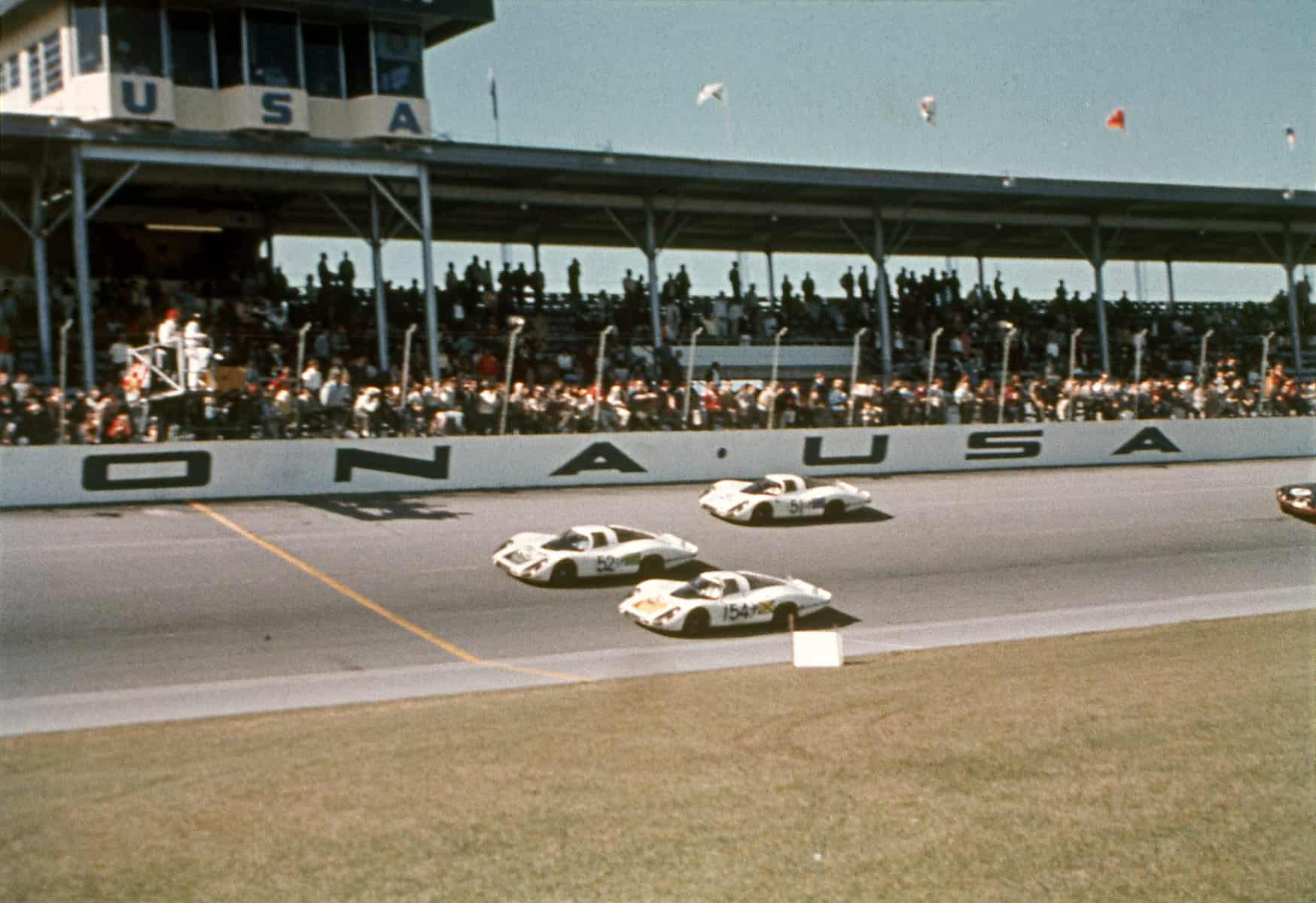

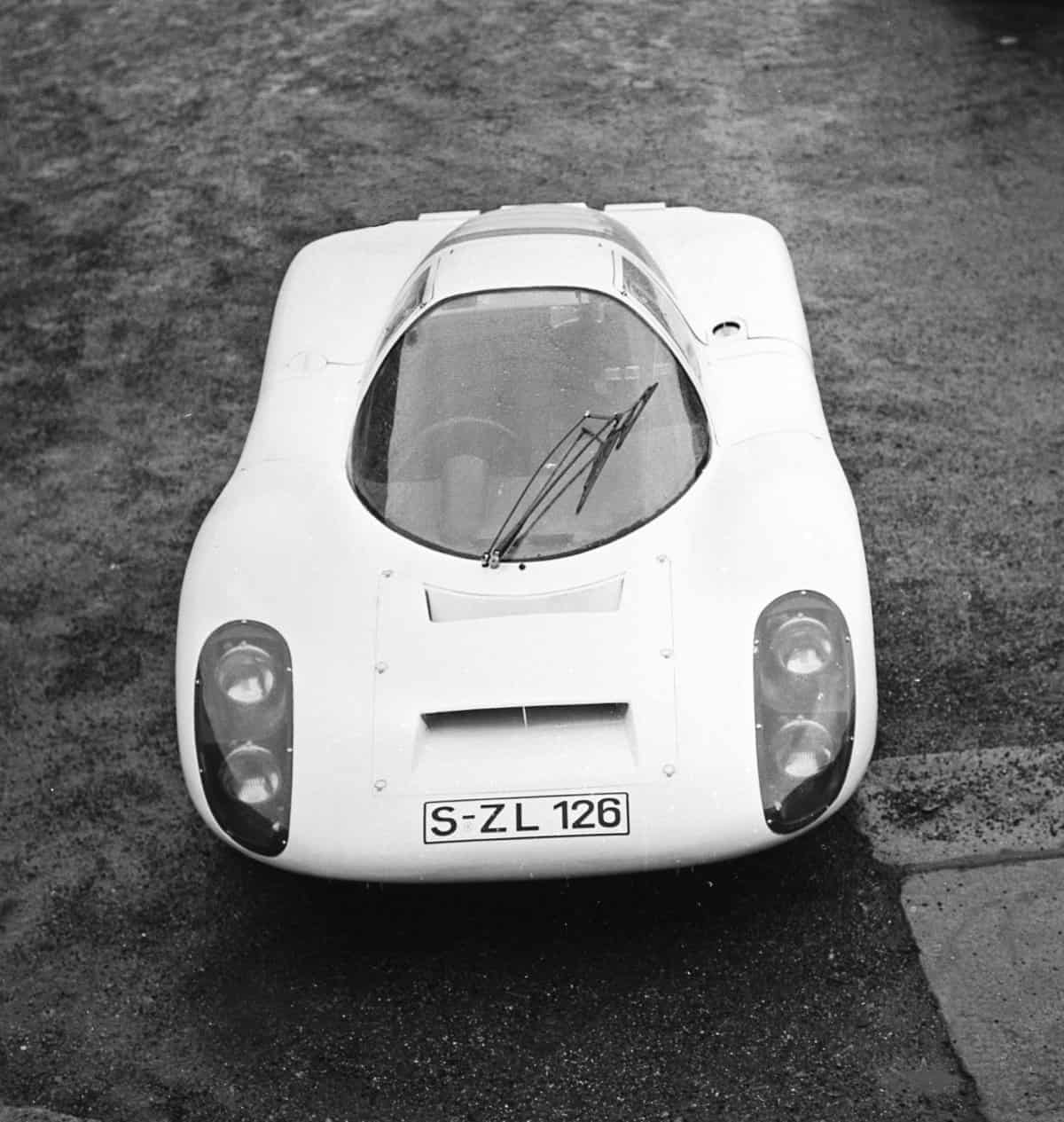
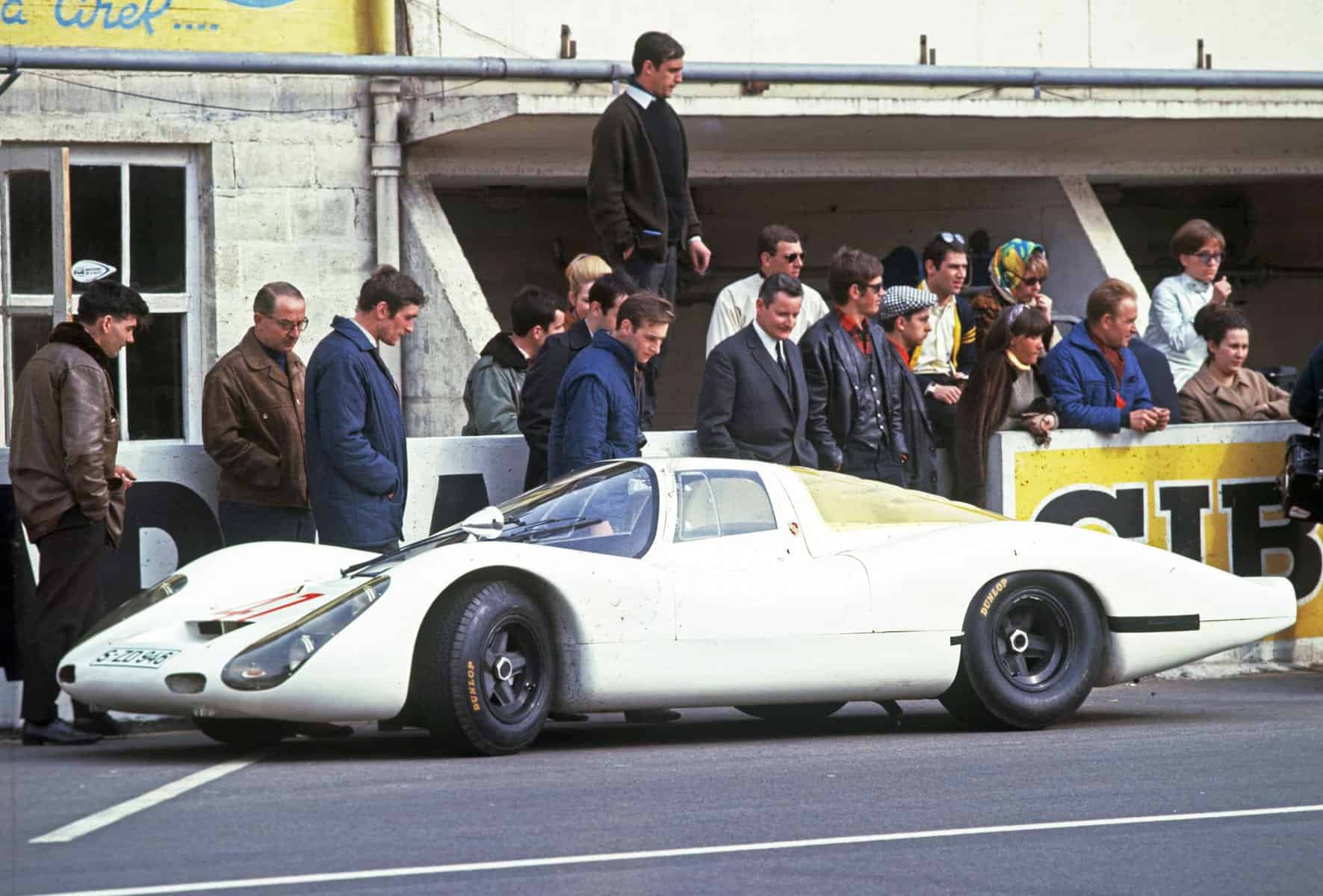
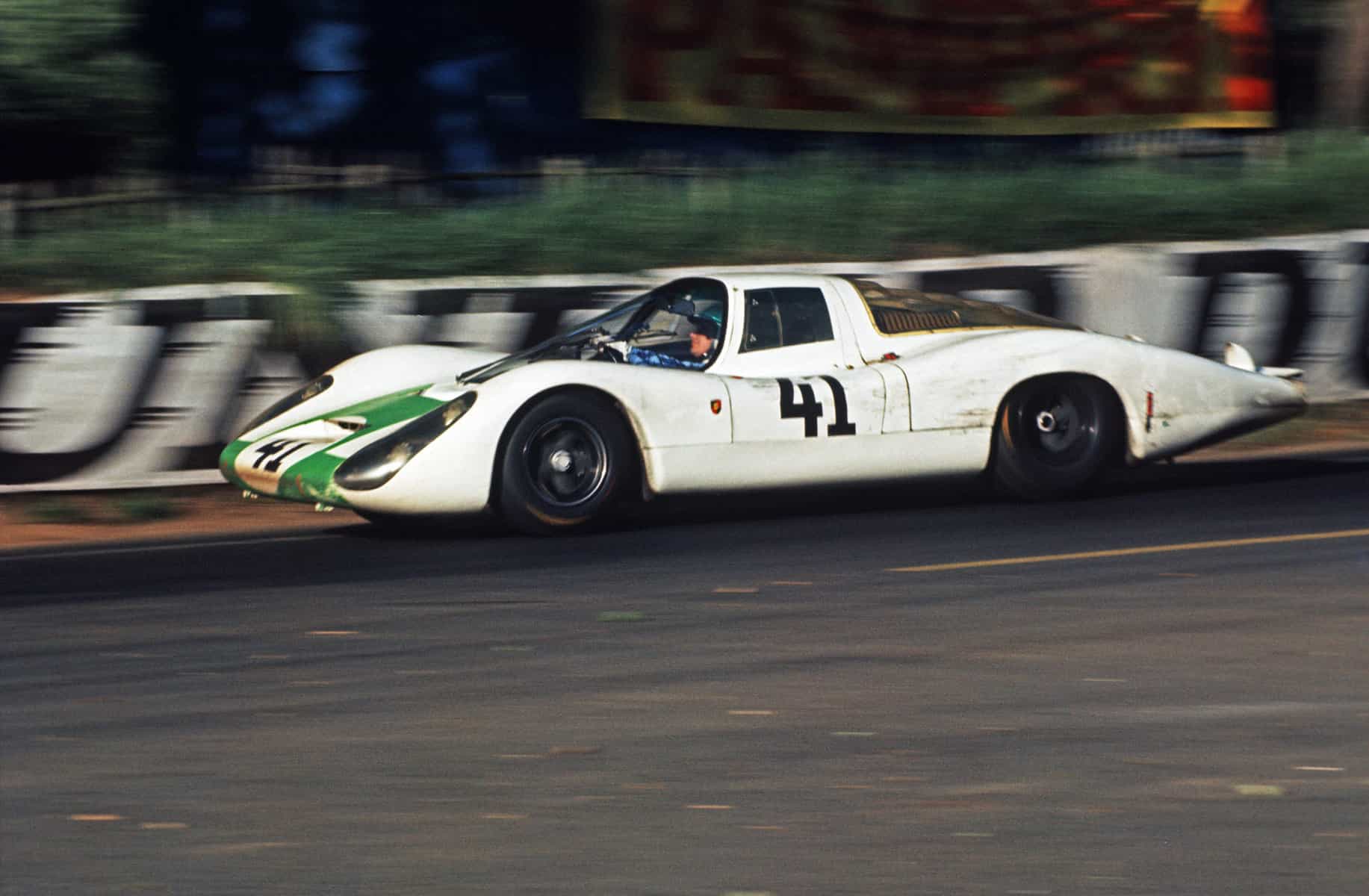
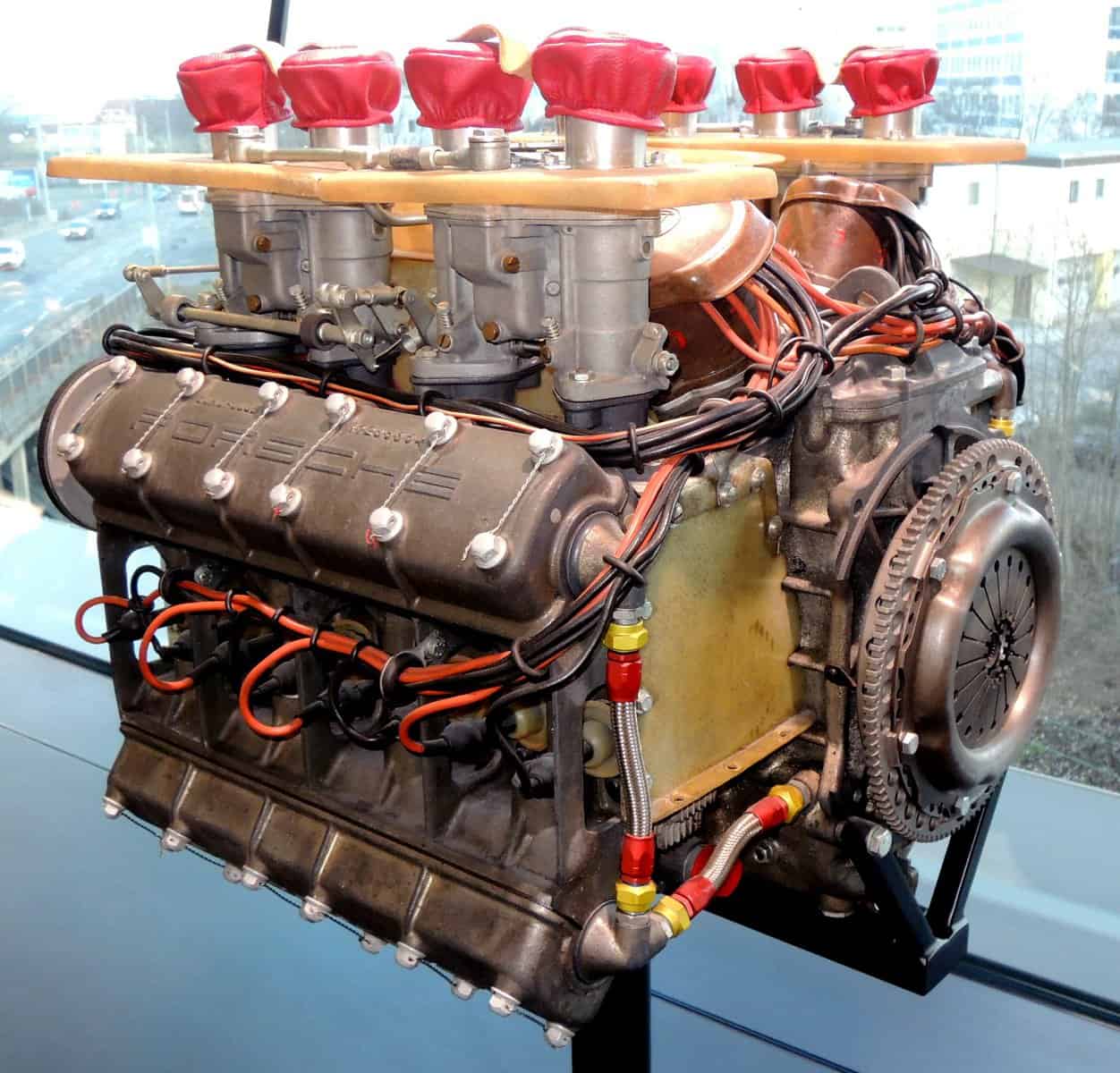
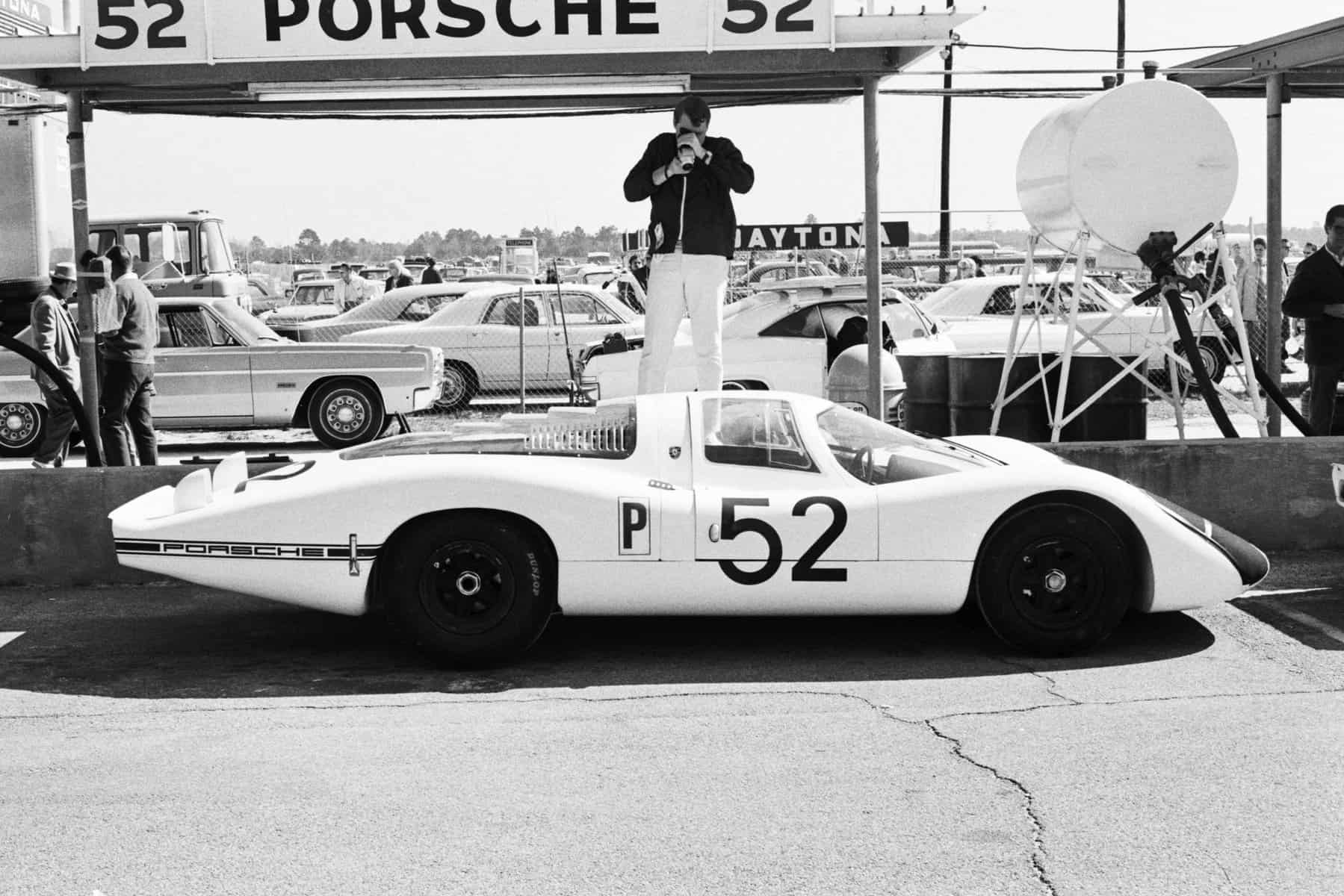

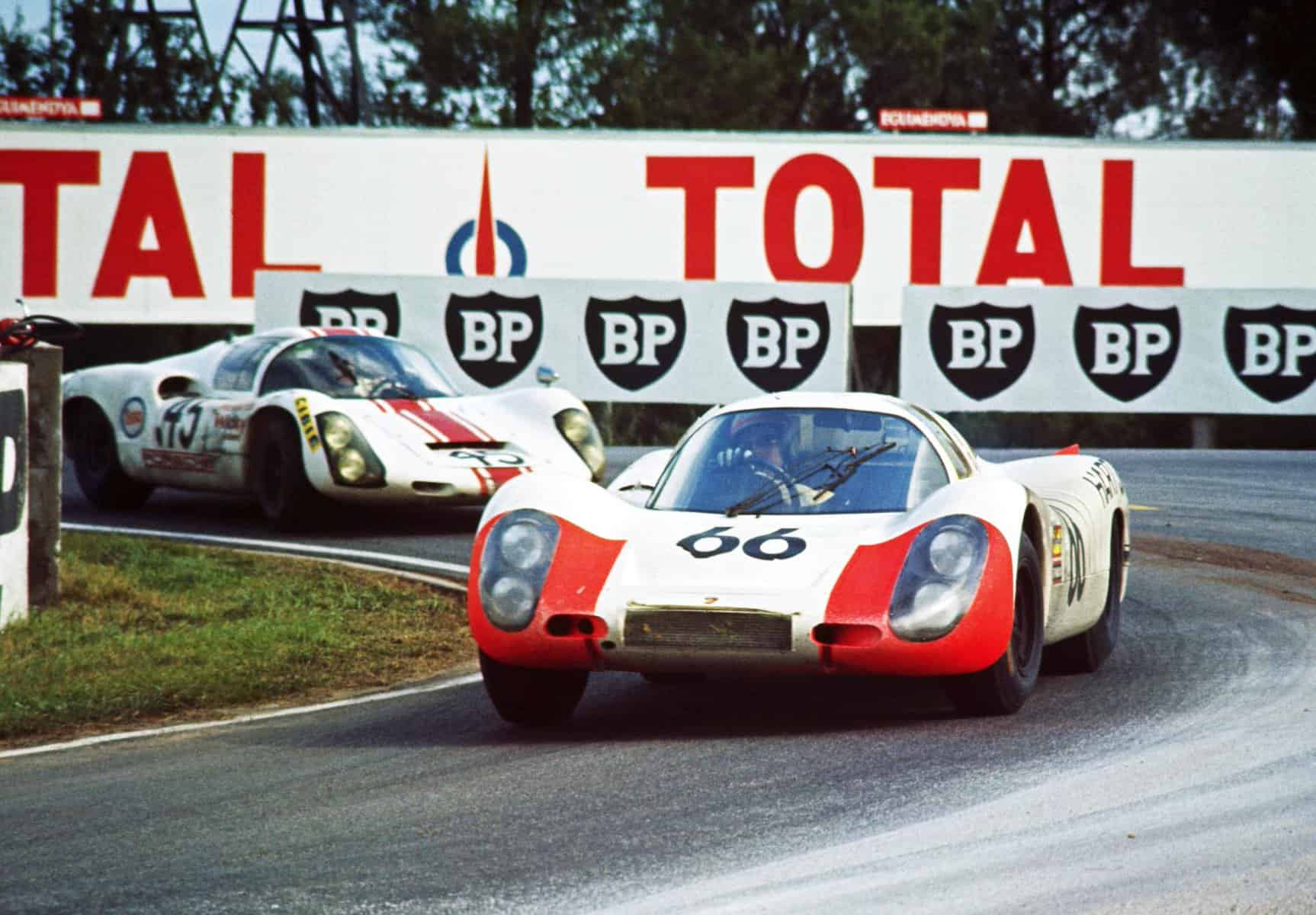


![alfa gtz perfectly imperfect webannerl[1]](https://automedia.revsinstitute.org/wp-content/uploads/2024/08/Alfa-GTZ-Perfectly-Imperfect-webannerl1-uai-1200x800.jpg)
